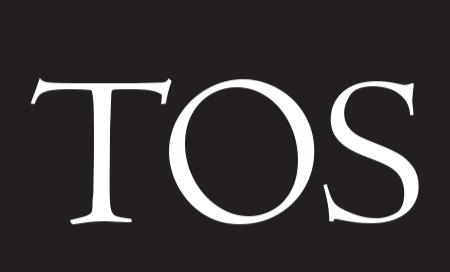On the morning of September 11, 2001, Mohammed Atta and his minions flew stolen planes into the World Trade Center and the Pentagon, destroying the former and murdering thousands of innocent civilians. What motivated this atrocity? What filled the murderers with such all-consuming hatred that they were willing to surrender their own lives in order to ki…
Keep reading with a 7-day free trial
Subscribe to The Objective Standard to keep reading this post and get 7 days of free access to the full post archives.



